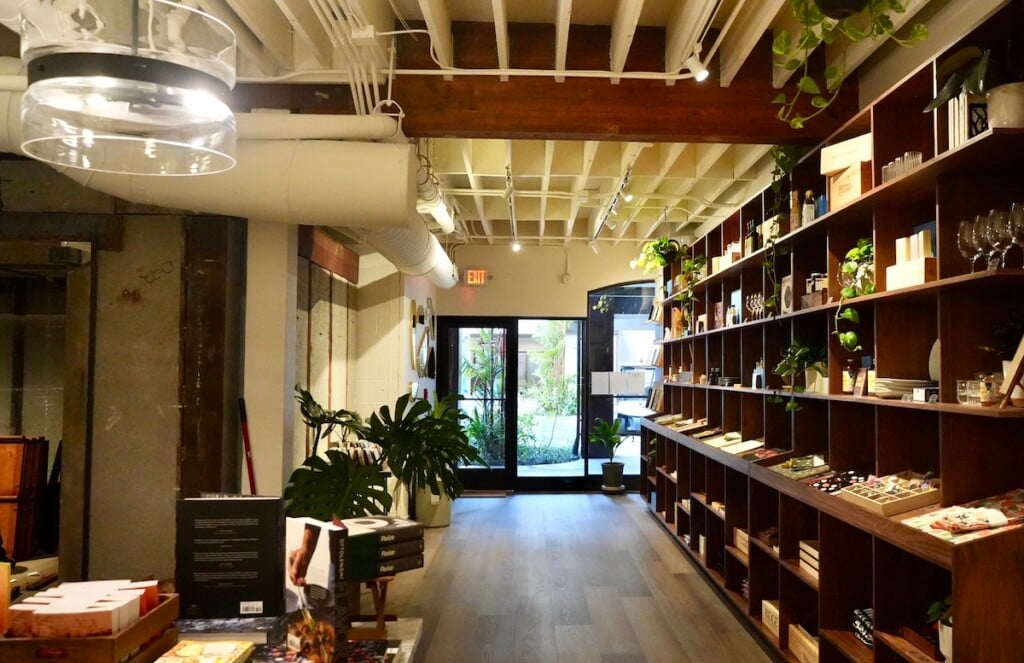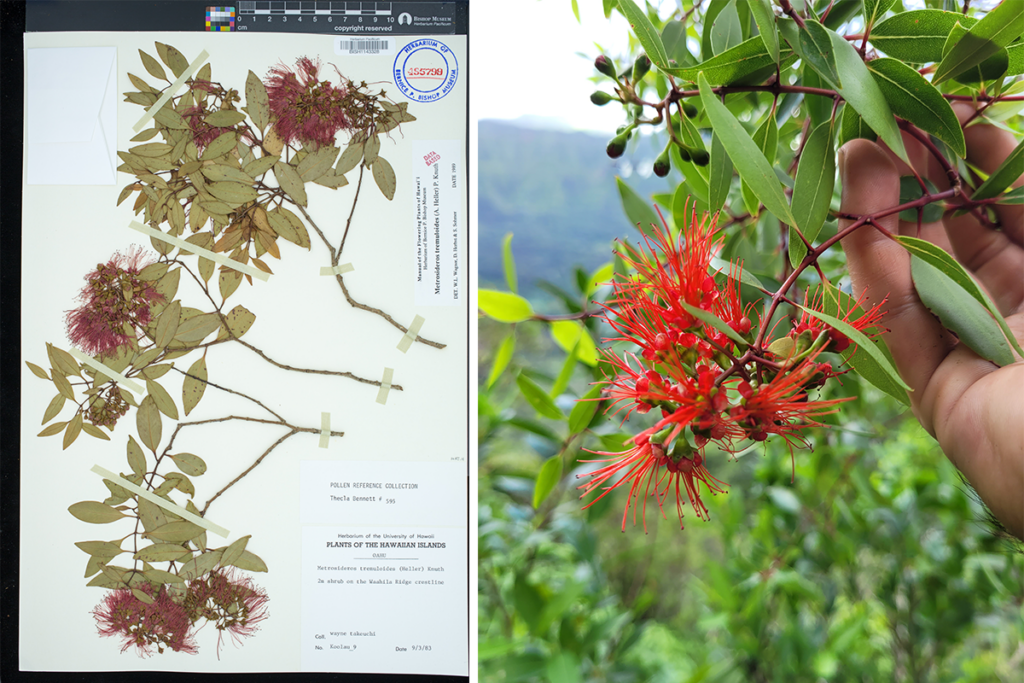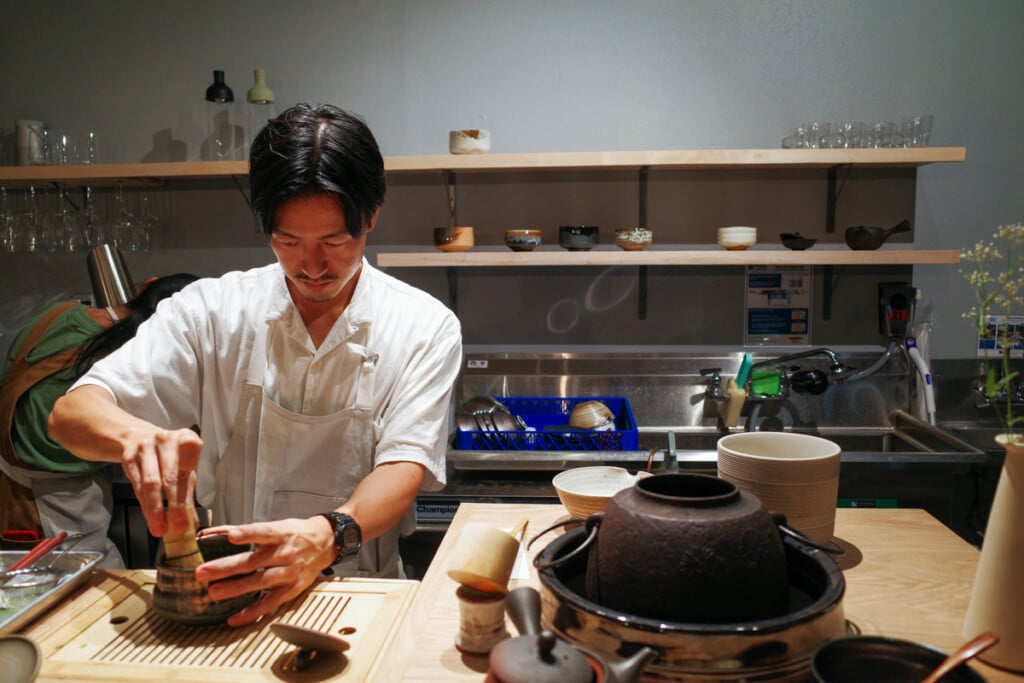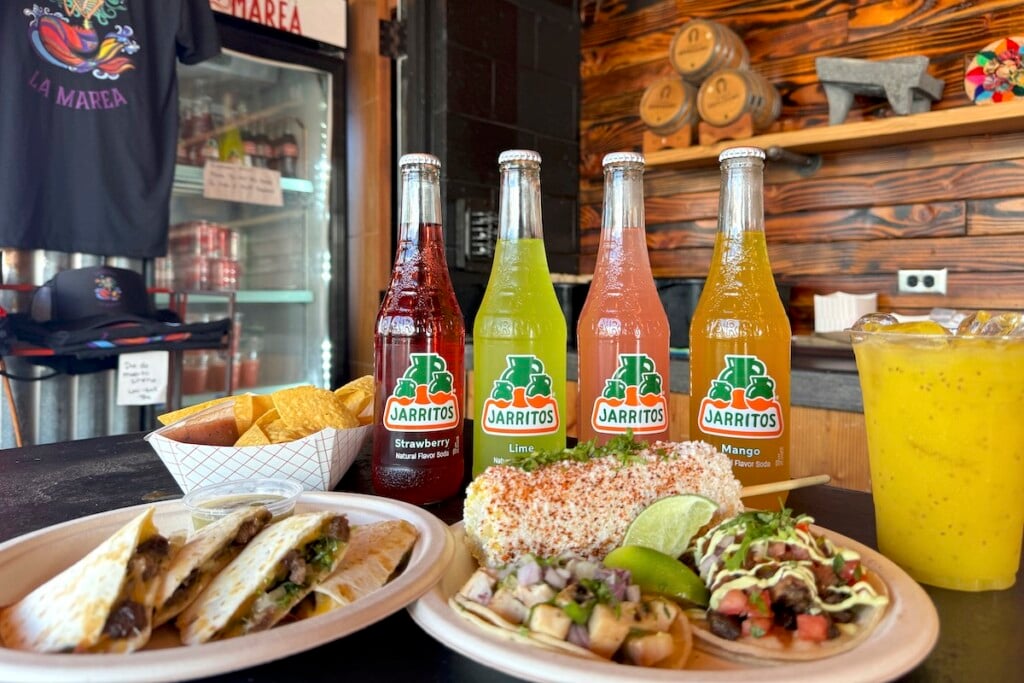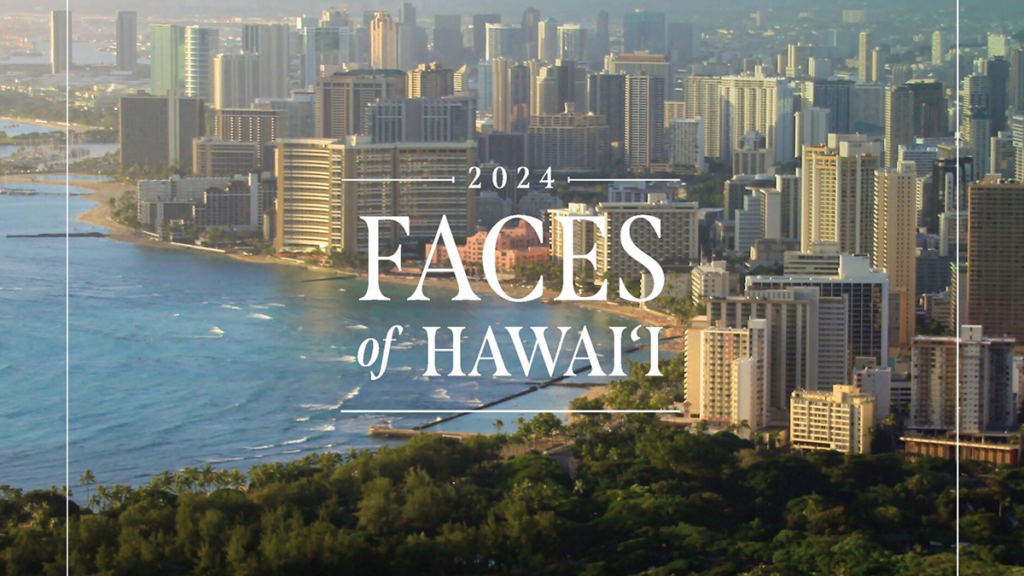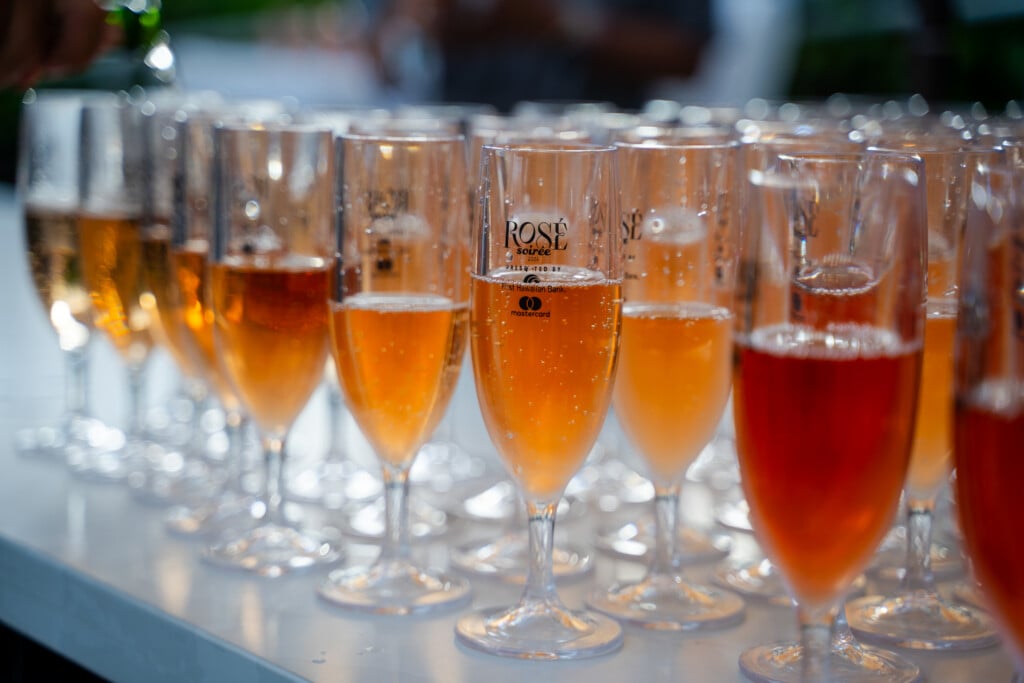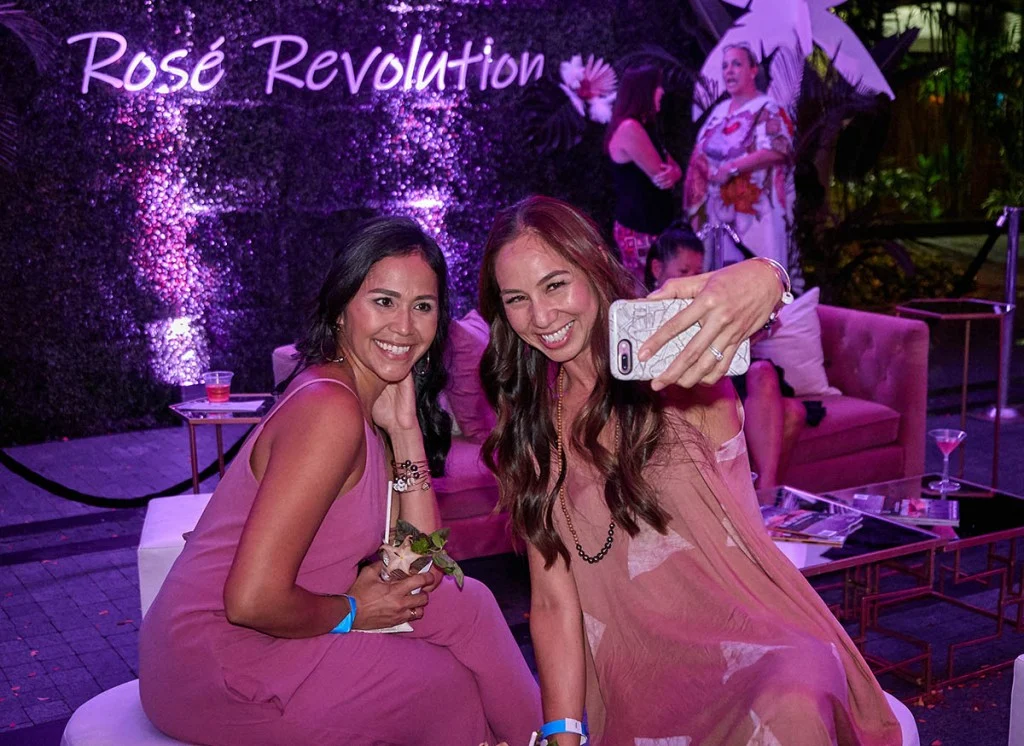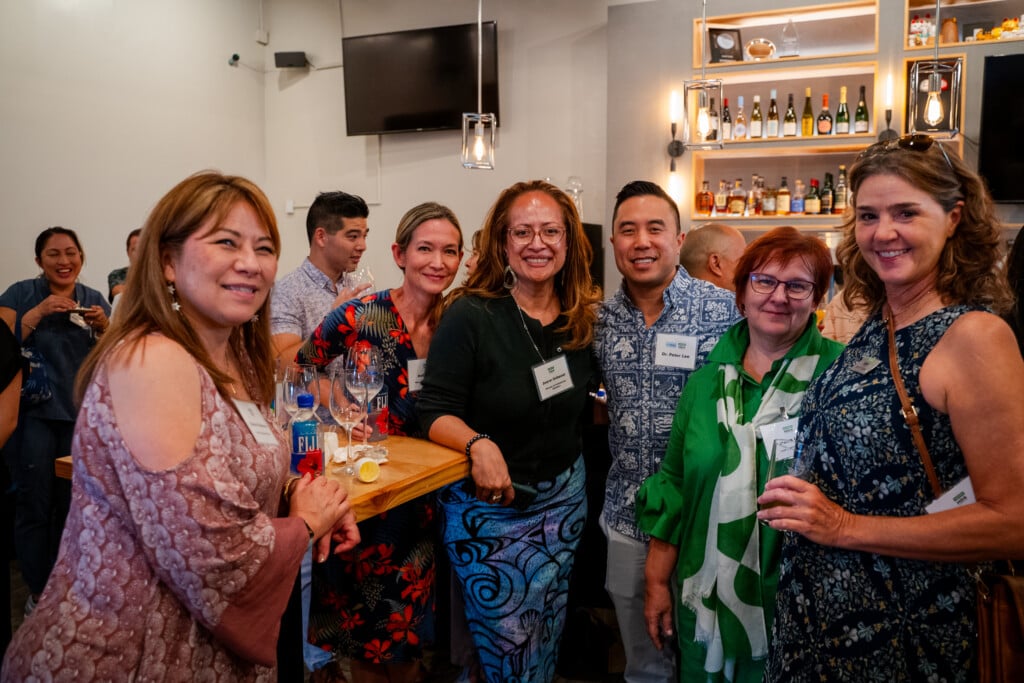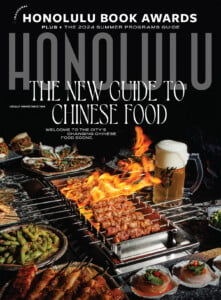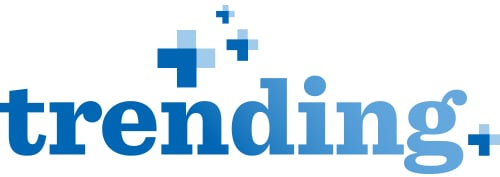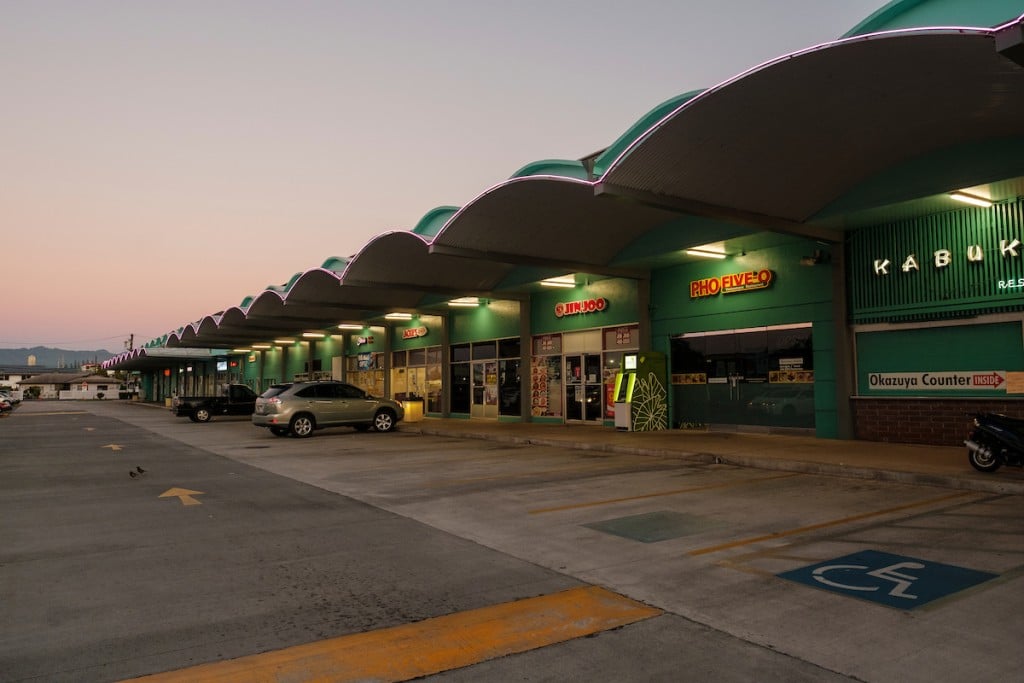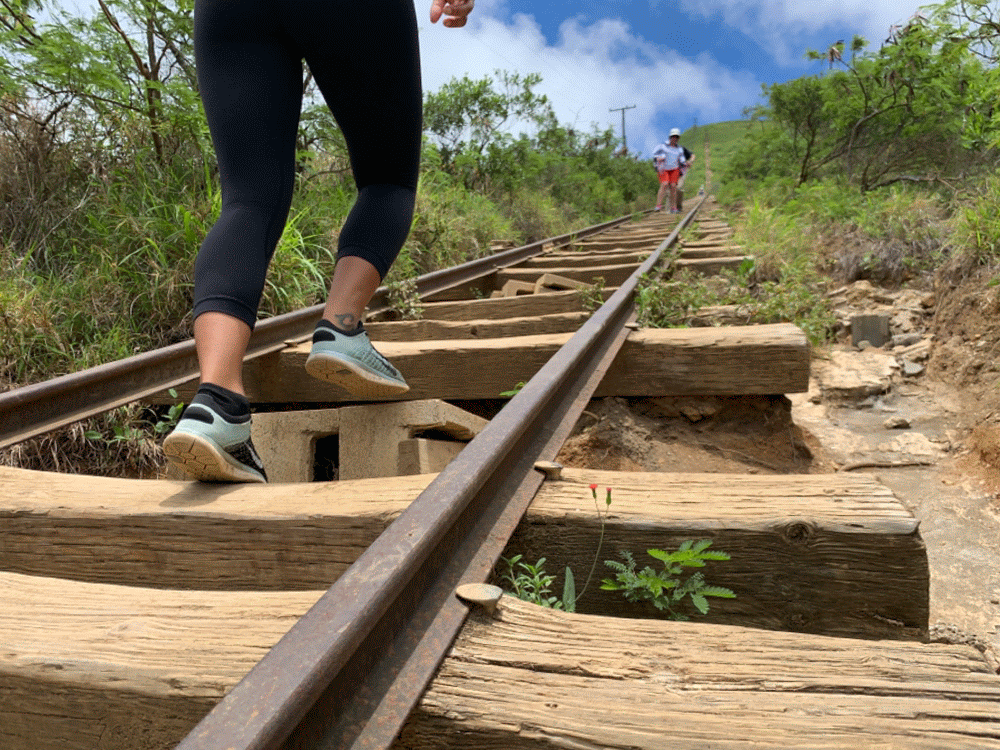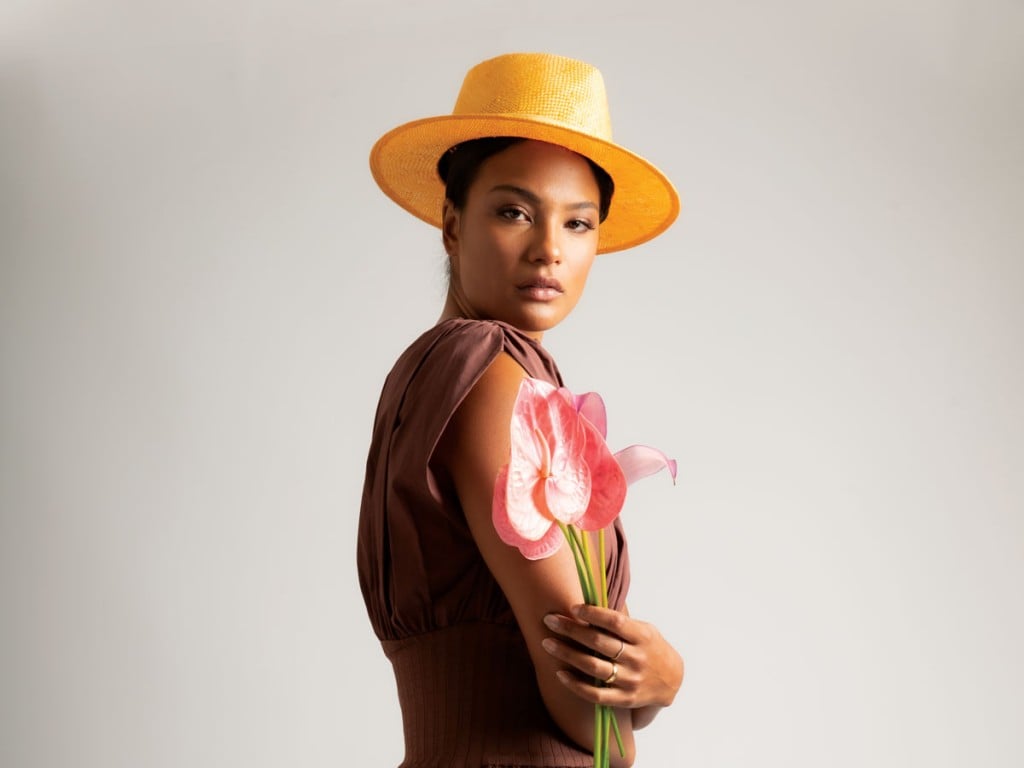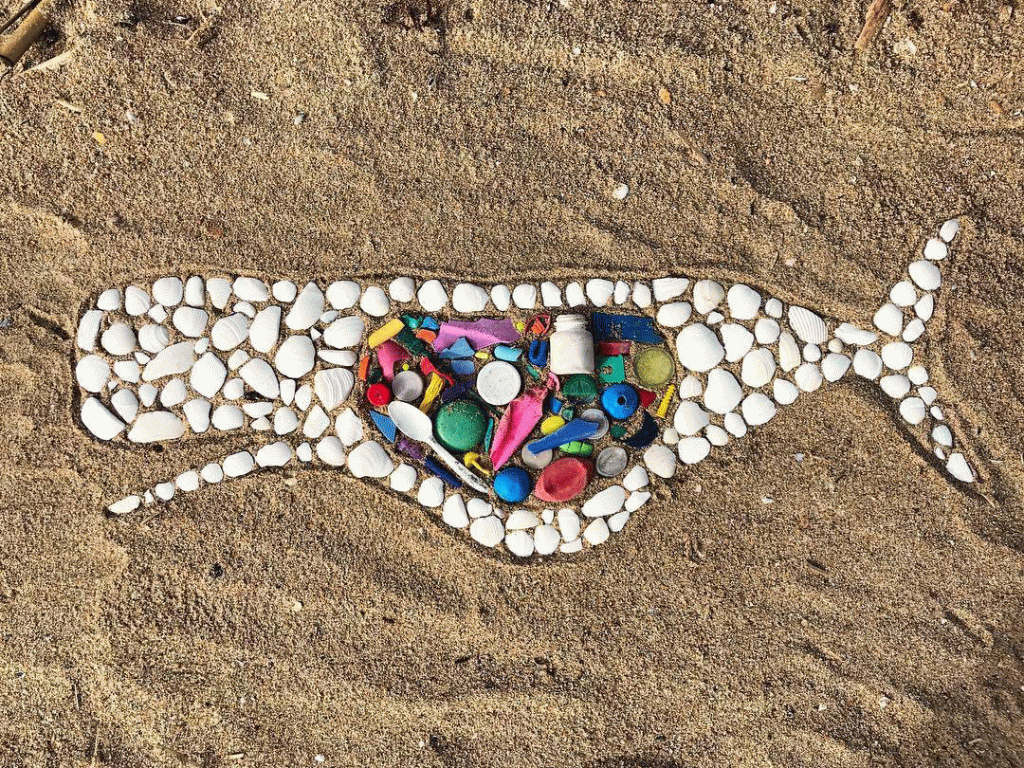Your Ultimate Guide to Watching the 2019 Merrie Monarch Festival
Get ready for the “Olympics of hula” from April 25 to 27.

Photos: Courtesy of Merrie Monarch Festival
If you’re not one of the lucky golden ticket holders, don’t worry. You can still enjoy the Merrie Monarch Festival from the comfort of your own home.
The one-week event, now in its 56th year, kicks off in Hilo on Sunday, April 21 and concludes on Saturday, April 27, with performances, a craft fair, a parade and more that typically fill the town with thousands of visitors and hula enthusiasts from across the globe. But the main event is the three nights of dancing—all of it televised—from April 25 to 27.
SEE ALSO: Fighting Eel and Sig Zane Release a Merrie Monarch Festival-Inspired Collaboration
What It Is
The Merrie Monarch Festival is known as the biggest, most prestigious hula event in the Islands. Top hula hālau from across the state and occasionally a few from the Mainland are invited to compete in a three-day competition. Kumu hula and their haumana (students) spend many months prepping for the event.
The televised competition begins on Thursday, April 25 with the Miss Aloha Hula competition, followed by group kahiko (ancient style) performances on Friday, April 26 and concludes on Saturday, April 27 with group ‘auana (modern style) and awards. The competition has been held at the Edith Kanaka‘ole Stadium since 1978.
The historic event dates back to 1964. The first Merrie Monarch was meant to boost the Big Island’s struggling economy. It was much different back then—it featured a King Kalākaua beard look-alike contest, a barbershop quartet contest, relay races and a ball. But by 1968, interest in the festival had declined. That’s when Dottie Thompson stepped in to serve as executive director, a volunteer role she would hold until she died in 2010. Her daughter, Luana Kawelu, has since taken the reins.
SEE ALSO: What It’s Really Like Organizing the Merrie Monarch Festival

Thompson revamped the festival as a gathering of the top hula dancers in the Islands, eventually introducing a hula competition in 1971. Since then, the Merrie Monarch has grown in size and popularity, and has attracted thousands of people from around the world, including from almost every U.S. state, Europe, Mexico, New Zealand and Asia. Organizers receive thousands of ticket requests every year for the three days of competition, but the stadium has seating for only 5,000, and 1,000 of those seats go to participating hālau. So, if you manage to get tickets, consider yourself extremely lucky.
Where to Watch
If you’re in the Islands, watch the festivities on Channel 22. Or visit hawaiinewsnow.com to livestream it.
Schedule of Televised Events
-
Thursday, April 25 at 6 p.m.: Miss Aloha Hula
This year, 13 young women will vie for the coveted title, performing both kahiko and ‘auana dances for the panel of judges.
-
Friday, April 26 at 6 p.m.: Group kahiko
Twenty-three hālau will compete in this year’s kahiko competition, which lasts several hours. (Don’t worry, there’s intermission and commercial breaks to rest, use the bathroom and refill your popcorn.)
-
Saturday, April 27 at 6 p.m.: Group ‘auana and awards
The hālau will return to the stage with their ‘auana dances, followed by the awards ceremony.
SEE ALSO: Merrie Monarch Celebrates 50th Year

What to Watch For
I’ve watched Merrie Monarch every year since I started dancing hula 20 years ago. I’m in no way an expert, but hopefully this will give you an insight into the dances and help you appreciate all of the blood, sweat and tears that go into pulling off a beautiful performance. Here are a few things I look out for and are important to note.
-
Let’s break down the parts of each performance. Kimo Kahoano introduces each hālau and Miss Aloha Hula contestant. Kumu hula typically ‘oli (chant) while dancers enter the stage. Dancers then usually start with a ka‘i, or entrance dance, followed by the mele (song) and conclude with the ho‘i, or exit dance. Hālau members usually will ‘oli before or after the ka‘i. If you’re not sure which part is happening, there is usually a prompter on the bottom of the screen that will flash, alerting you to each section of the performance.
-
Know the difference between kahiko and ‘auana. Kahiko is the ancient style, and kumu hula usually use an ipu heke (double gourd) or drum while chanting. ‘Auana is the modern style and typically features musicians singing and playing the ‘ukulele, guitar and even the piano.
-
Watch the short segment prior to each hālau’s performance. It usually features the kumu hula explaining why they chose the song and its meaning. It’s important to understand the story behind a dance.
-
Costumes are one of the first things that catch your eye; they pay tribute in some way to the person, place or thing the hālau is honoring. Some hālau weave their own lei and other adornments, which can be a time-consuming process.
-
Some hālau choose to use implements. Common ones include the ‘ulī‘ulī (feathered gourd), ipu (gourd) and pū‘ili (bamboo sticks).
-
During ‘auana night, try to catch a glimpse of the musicians. They are usually set up at the back left of the stage (our right as TV viewers). For their Merrie Monarch performances, some hālau dance to songs performed live by the original artists. You might see a lot of familiar faces: Keauhou, Kuana Torres Kahele and Robert Cazimero are just a few of the folks you might have spotted last year.
-
After the final hālau performs on Saturday, there is usually some kind of live entertainment while the judges’ scores are tabulated. Announcers will often invite the kumu hula to the stage to dance together.
-
Awards are exciting to watch. It caps off the three days of competition and brings all of the hālau together. And it’s always interesting to see who places, especially when first and second place are separated by a few, or even one point. No matter what happens, all of the hālau deserve recognition for their hard work and dedication.
SEE ALSO: How 5 Popular Ethnic Festivals in Honolulu Adapt While Keeping Traditions Alive

Other Events in Hilo
If you’ll be in Hilo during Merrie Monarch, there are plenty of free events to check out.
-
Sunday, April 21 at 9 a.m.: Ho‘olaulea (celebration) at the Afook-Chinen Civic Auditorium featuring local hālau performances.
-
Wednesday, April 24 to Friday, April 26 from 9 a.m. to 5 p.m. and Saturday, April 27 from 9 a.m. to 4 p.m.: Hawaiian Arts Fair at the Afook-Chinen Civic Auditorium, a popular event featuring local artists, crafters and entertainment (we’ve heard some people fly to Hilo just for this).
-
Wednesday, April 24 at 6 p.m.: Hō‘ike at the Edith Kanaka‘ole Stadium, an exhibition night filled with hula and folk dances from across the Pacific. No tickets are required, but we’re told people start lining up at 5 a.m. to get in.
-
Saturday, April 27 at 10:30 a.m.: Merrie Monarch Royal Parade caps off the festivities with a procession through downtown Hilo, which begins and ends on Pauahi Street.
SEE ALSO: Best of the Fests: O‘ahu’s 21 Annual Ethnic Festivals
Extras
-
For a list of the seven judges and 23 participating hālau, click here. Also, a list of the 13 Miss Aloha Hula contestants can be found here.
-
The Merrie Monarch’s YouTube channel features videos leading up to the festival, including interviews with kumu hula and Miss Aloha Hula contestants, as well as behind-the-scenes moments.
-
If you’d like to click through photo galleries and watch clips from last year’s competition, go here.
-
The festival will again be broadcast in ‘ōlelo Hawai‘i in conjunction with Kamehameha Schools and the Hawai‘i Tourism Authority. To learn more, click here.
For more information, visit merriemonarch.com.
Read more stories by Jayna Omaye
